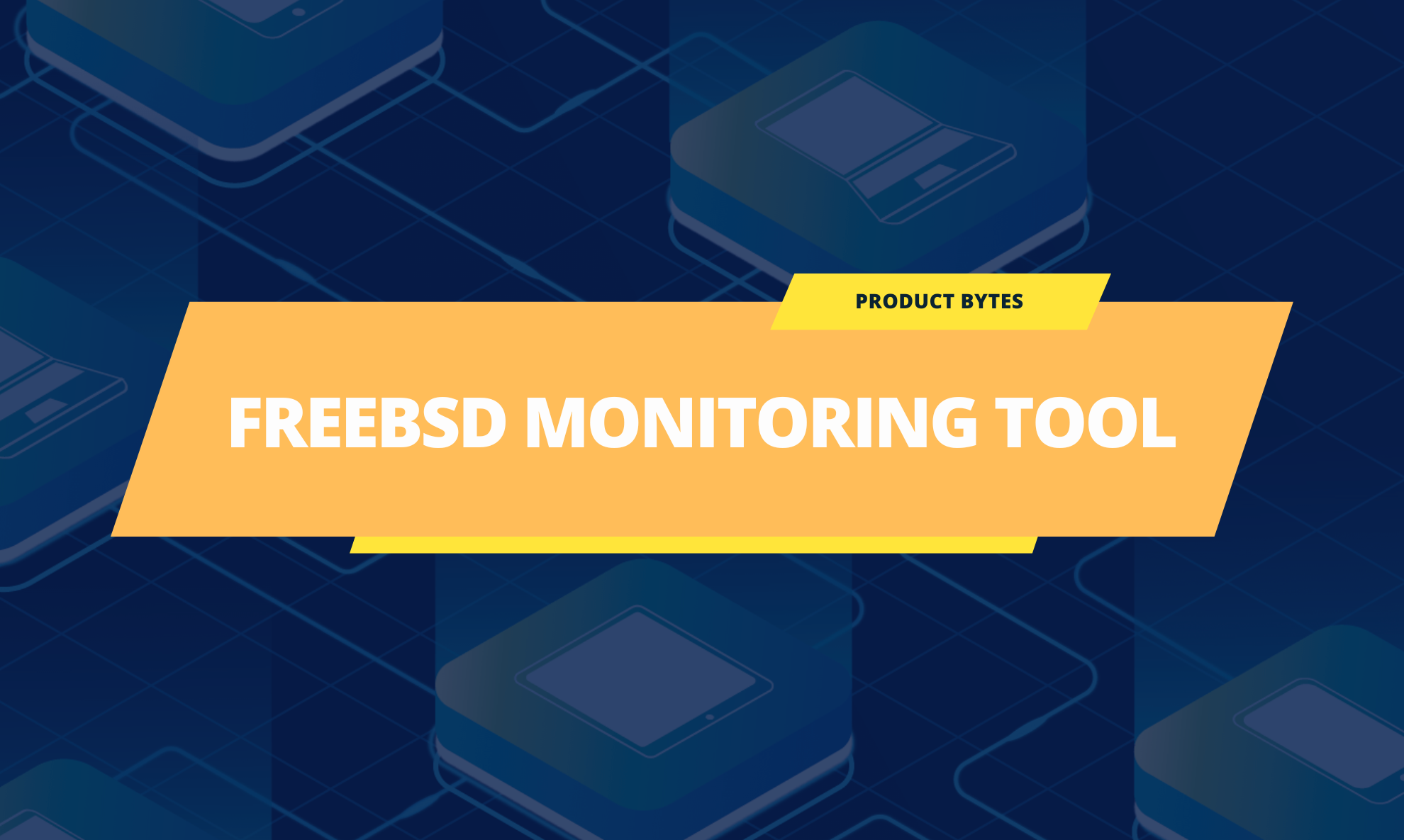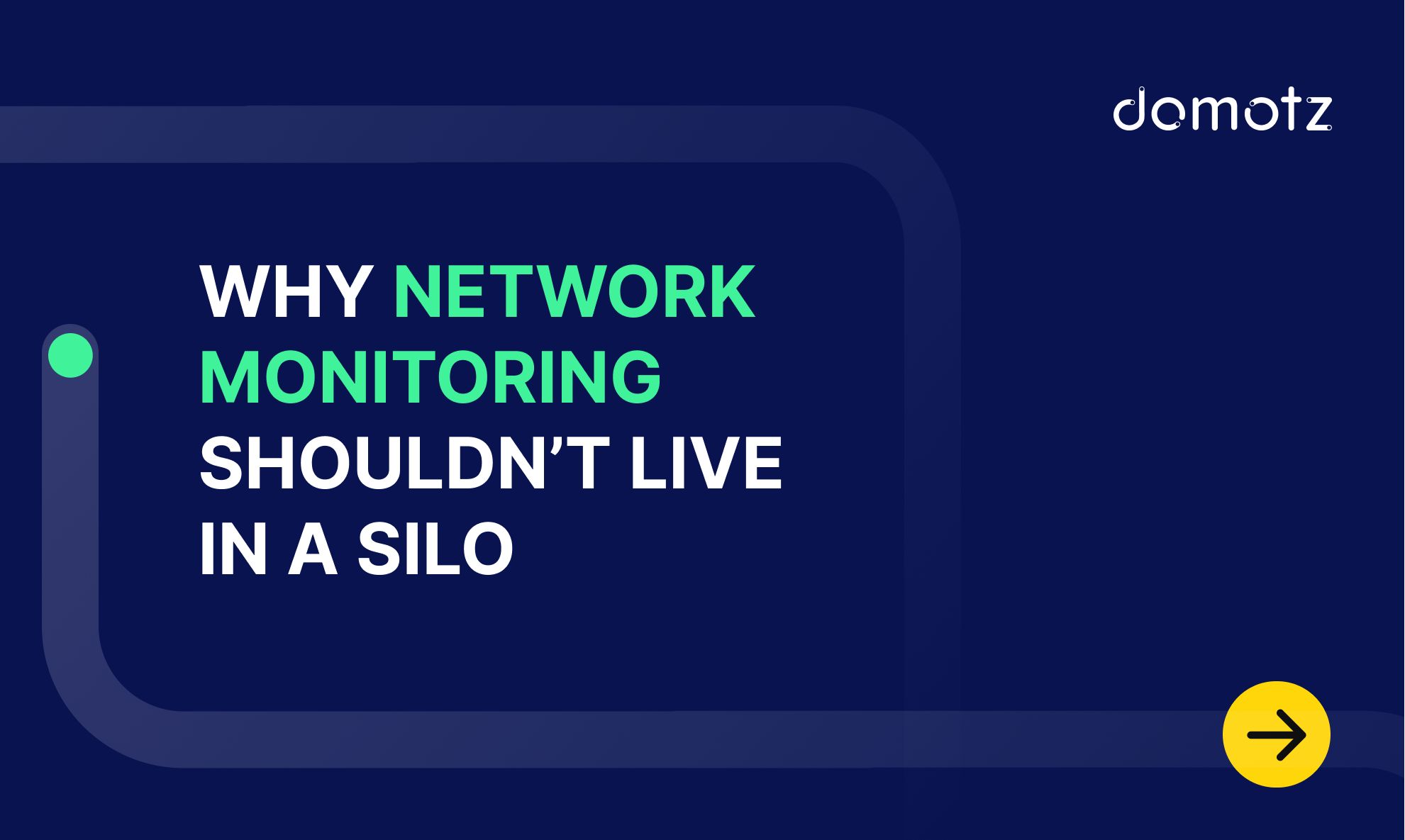Monitor system status, ingress/egress statistics, and more. Keep up with rule configurations and watch daemons in action.
If you’re using FreeBSD and need to monitor your operating system, you’ve come to the right place. This article covers our FreeBSD Monitoring Tool and how to start watching your OS. Domotz is a network device monitoring tool for those new here. We have comprehensive and affordable network monitoring software with many cloud and application monitoring integrations.
Let’s start things off with a quick explanation of FreeBSD. FreeBSD is a popular operating system for security and IT professionals. If that’s you, you probably already know about FreeBSD.
You’re not alone if you have a vague mental concept of FreeBSD as an operating system. Most people, including network admins and security professionals, already know these essential details.
The FreeBSD OS has a lot of advantages, primarily when used in enterprise applications with a good FreeBSD monitoring tool. Sit back as we take you on a tour of the fundamentals.
What Is FreeBSD?
At its core, FreeBSD is an open-source Unix-like operating system. But what does this mean in practical terms?
The main thing to know is that FreeBSD offers high stability and reliability. It also provides access to the same powerful tools available on Linux systems.
How does this differ from any of the gazillion other *NIX variants out there? The key lies in the contribution and maintenance processes.
The FreeBSD Project distinguishes between different categories of open-source developers. In addition to regular committers, a central governance team comes up for reelection biannually. This Core Team works to move development along in a stable way and provide the project with enhanced guidance.
What are the benefits of using FreeBSD?
Thanks to its governance, FreeBSD has numerous advantages. For instance, the code base regularly receives security patches and new feature updates.
This management model also prevents things from getting out of hand. Remember — the BSD dev community is pretty significant. Keeping things in control allows the project to review code contributions before they’re committed and generate helpful user support material.
Many other OSes derive from UNIX variants, but not all are as prolific. FreeBSD code shows up everywhere, from macOS to consumer electronics.
In other words, it’s pretty easy to get rolling if you’ve ever worked with Unix: Learning to use one OS will help you understand them all better!
What does FreeBSD do?
FreeBSD is a full-fledged OS. You can install it just fine on small servers or personal computers, but that’s not all. Thanks to its robust architecture and performance capabilities, you can also rely on it to power large data centers.
FreeBSD is big on data protection, including various forms of access control, auditing, and unique file system attributes. It also includes ports of different security implementations and multiple firewall options. FreeBSD’s emphasis on security should be no surprise since DARPA initially funded the original BSD initiative.
How does FreeBSD work?
FreeBSD runs on a wide range of architectures, which isn’t uncommon. The difference here is that it doesn’t view less-common platforms — like ARM or RISC-V as an afterthought. While not all architectures have the same level of support, this one is known for its stability.
Also, remember that FreeBSD is open-source. There’s no need for licensing fees like those associated with Windows or proprietary UNIX distributions. You get complete control over your setup at a little extra cost.
Who uses FreeBSD?
FreeBSD is a favorite among IT companies — which makes sense for a Unix OS that’s been around since the 1970s.
Today, IBM, Netflix, WhatsApp, Nokia, and other giant companies use FreeBSD, but not just behind the scenes. You’ll even find it in gaming hardware.
What is an operating system as it relates to FreeBSD?
FreeBSD includes compatibility layers that make it possible to run Linux binaries targeting other OSes. While FreeBSD is its operating system, it seems more aware of the broader picture. For instance, you can run Windows apps with Wine or run programs for Linux.
The caveat is that not all binaries and compatibility layers are equally well-optimized. In other words, there are situations where you should just compile your apps for FreeBSD.
Our FreeBSD monitoring tool
Our FreeBSD Monitoring tool is here to help with your OS. We now offer FreeBSD monitoring through the Domotz platform. You can proactively monitor system status, ingress/egress statistics, and more. Keep up with rule configurations, watch daemons in action, and know what’s going on with your interfaces. You can even monitor process performance and other data points from pfSense.
How to get started with our FreeBSD monitoring tool
Use our Custom Integration functionality to enable a custom integration for FreeBSD monitoring in just a few steps. All you need to do is open the WebApp, then click on “Integration,” followed by “Custom Integration.”
Then, create a new driver with your desired name and a description. Flesh things out by copying our example scripts into the code area — you’ll find our repo on GitHub. Finally, apply it to your device!
Want to learn more about using our FreeBSD Monitoring Tool? Reach out to a Domotz expert to get started.



